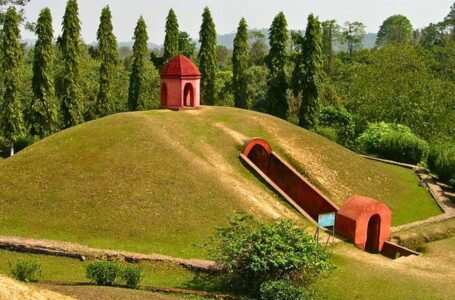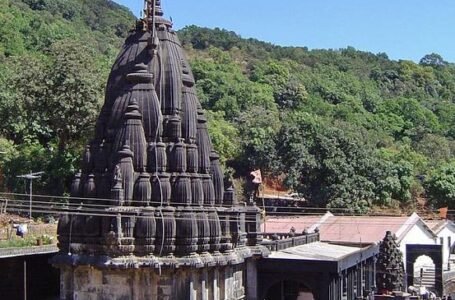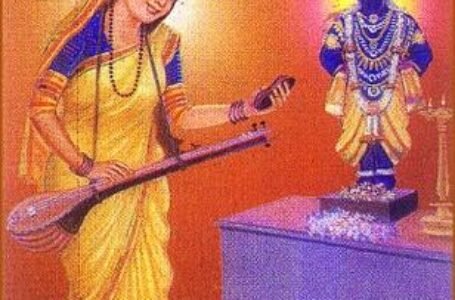MahaJanpada: Vatsa – The kingdom of first female ruler “Mrigavati”
- Ancient history
 Bitati Kar
Bitati Kar- September 8, 2022
- 0
- 1131
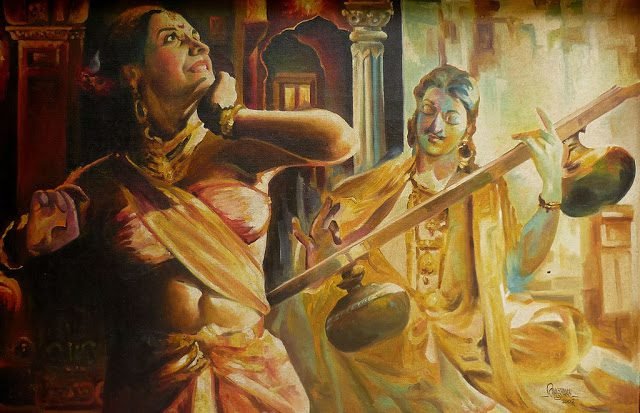
The Vedic Age was between 1500 BC and 600 BC. This is the next major civilization that occurred in ancient India after the decline of the Indus Valley Civilization by 1400 BC. The Vedas were composed in this period and this gives this age the name. The Vedas are also the chief source of information about this era. The Vedic Age started with the coming of the Aryans or Indo-Aryans. The Aryans were basically semi-nomadic pastoral people whose origins cannot be traced but are considered by some researchers to be outside of India. They had entered India through the Khyber pass and their occupation of the Indo-Gangetic plains is basically considered to be the Vedic period and era. The word “Arya” means noble and they used to speak only Sanskrit and Indo-European languages because of which all our Vedas have been written in Sanskrit. During the initial days the Aryans used to live in the land “Sapta Sindhu” which is basically the land of seven rivers, these rivers were Sindhu (Indus), Vipash (Beas), Vitasta (Jhelum), Parushni (Ravi), Asikni (Chenab), Shutudri (Satluj) and Saraswati. However, over the course of time and by almost the end of the Vedic period, they started splitting apart and forming tribes which were known as Mahajanapadas.
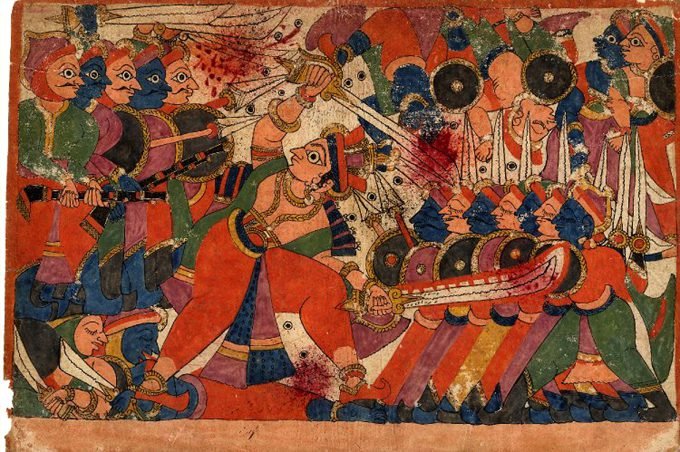
The rise of the Mahajanapadas during the fifth and sixth centuries BC was the result of a complex interlinking of political, economic, and social development. The antecedents of this can be found easily from the time period which dates back to the ninth or tenth centuries. The Janapadas was basically the major kingdoms of Vedic India. During that period, Aryans used to be the most powerful tribes and were called ‘Janas’. This fact had given rise to the term Janapada where Jana means ‘people’ and Pada means ‘foot’. The rise of the Mahajanapadas not only crystallized the concept of kingship but also marked a clear demarcation in the social fabric between rulers and ruled, tribute payers and collectors. This period was also known as the era of second urbanization.
During this period, the political center had shifted from the west of the Indo-Gangetic plains to the eastern side of it. This shifting of the settlement created a lot of advantages like better fertility of the land because of more rainfall and rivers. This region was also closer to the iron production centers which had been the most advantageous thing for the kingdom. Among the various mahajanapadas most of them were states with monarchies, and only some were republics known as Ganas and Sanghas. The founders of Jainism and Buddhism belonged to this era and had come from republican states. Each and every Mahajanapada had a capital city, and most of them had built forts surrounding their area so that they could protect themselves from other kings. There was also a strong system of taxes, where taxes were collected even from craftsmen, herders, hunters, and traders.

The Vatsa was actually a Kuru dynasty branch. During the Rig Vedic period this kingdom included Haryana/Delhi and the Ganga-Yamuna Doab all the way to Prayag/Kaushambi with Hastinapur at its capital. Hastinapur had been destroyed by floods during the late Vedic period, during this time Kuru King Nicaku relocated his capital due to the floods, with all of his subjects, to a newly constructed capital known as Kosambi or Kaushambi in those days. The Kuru dynasty was split up between two separate kingdoms the Kurus and the Vatsas during the post-Vedic period. During this period Arya-Varta was made up of several mahajanapadas. The Kurus used to rule the Upper Doab region, while the Vatsas ruled over the Lower Doab region.
In the course of time, the Vatsas split up and formed two branches, one located at Mathura and the other at Kaushambi. Vatsa was considered one of the sixteen mahajanapadas of Uttarapatha and is also described in the Anguttara Nikaya of the Buddha. Its capital was Kaushambi. In ancient India, Kosam (Pali) or Kaushambi (Sanskrit) was a significant city. It was located approximately 35 miles from the holy river Ganges of Prayagraj and also passes through the Yamuna river by a distance of 56 kilometers. From the late Vedic period until the end of the Mauryan Empire, Kaushambi was one of India’s most important cities, with occupation lasting until the Gupta Empire. By the time of Gautama Buddha, Kaushambi was a prosperous city with a large number of wealthy merchants. It was a vital crossroads for goods and passengers traveling north, west, and south. It also played a very important role in the Buddha’s life. The Vatsa kingdom was governed by a monarchy system that was actually based in Kaushambi. Excavations at Kaushambi have revealed a well-planned city with burnt brick walls. Artifacts from the pre-6th century BC period, such as pottery and iron objects, demonstrate that Kaushambi was one of India’s earliest cities.

Vatsa means ‘calf’. The ruler of Vatsa was Udayana in the (5th-6th) century, Udayana’s mother Mrigavati is mentioned as being the first woman ruler in Indian history. Vatsa is also known as Vamsa. According to history, the Mahajanapada of the Chedis also appears to have been Vatsas’ neighbor. At the time of the Buddha, Udena was the king of the Vamsas or Vatsa because both the names are used to refer to this same place.
This state is a branch of the Kuru dynasty, during the Rigveda period, the Kuru Empire included the region of Haryana/Delhi and Hastinapur along the Ganga-Jamuna. It is said that when Hastinapur was destroyed due to a flood, the Kuru king Nikku shifted his capital to Kosambi.
The first ruler of the Vatsa dynasty could not be found so clearly, but Shatnik II is considered to be the first king of this dynasty, and the first female queen of history was Mrigvati, who took the responsibility of the kingdom on her shoulders and ruled till then. Unless his Udayan is fit to handle the responsibility of the state.
According to the Puranas, it is said that Udayana, who was the last king here, had four sons, Vahinar, Kshemak, Nirammitra, and Danapani. The region was later annexed by the kingdom of Avanti. For some time, Maniprabha, the great-grandson of Pradhot, ruled here, and finally, this region was also merged with Magadha by Shishunaga.
